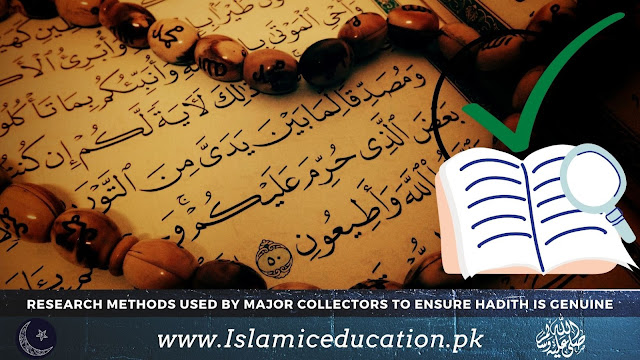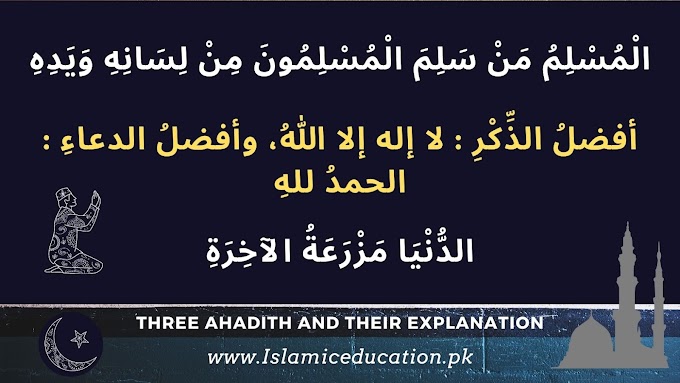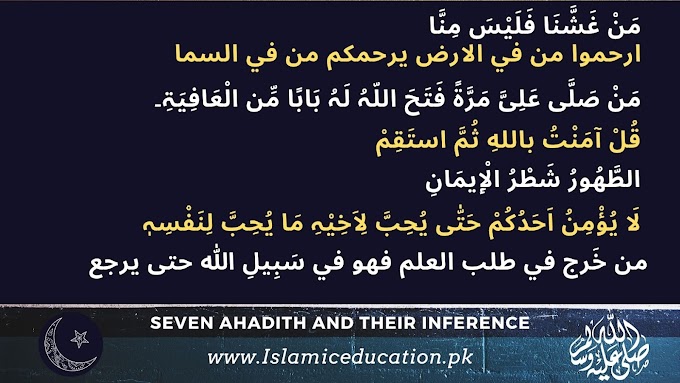Every subject has a unique research methodology. As for Islamic education is concerned, the Islamic research methods are also unique and widely adopted by researchers and scholars. and the Islamic research method verification is also worth appreciating and widely accepted around the globe throughout history.
Since the advent of Islam, researchers or hadith collectors practiced
a unique research method to ensure the Hadith they accepted is genuine.
First phase of Hadith collection
In the
very first phase, that is during the life of the companions, no need was
required to verify the Hadith, as they were available, and were being noted
down by the companions themselves. After this stage, before any corruption
could enter this pure study, the scholars developed certain principles, which
eventually evolved into the science of Hadith, and is called Usool-e- Hadith.
The Science of Hadith collection
A Hadith
is divided into two parts, Sanad (chain of narrators) and Matn (text). The
chain of narrators was carefully studied. Each and every narrator was observed
closely and his character was investigated. His faith, memory and character had
both to be of the highest degree for the Muhaddith to accept his statement.
Otherwise, the chain would be disapproved, and also the Hadith would be barred
from being authentic. For this purpose, another branch of Islamic science was
developed, known as Asma al Rijal, (science of men) which comprised detailed
investigations of the biographies of the narrators.
The
second step was the actual text of the Hadith. It had to conform with the Holy
Quran and the already verified Ahadith. Also, it must be in the style and
manner of the Holy Prophet ﷺ, as well as the literary style of the
Arabs of that time. If it clashed with any of these, it couldn't be included in
any authentic book or manuscript.








